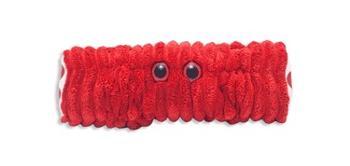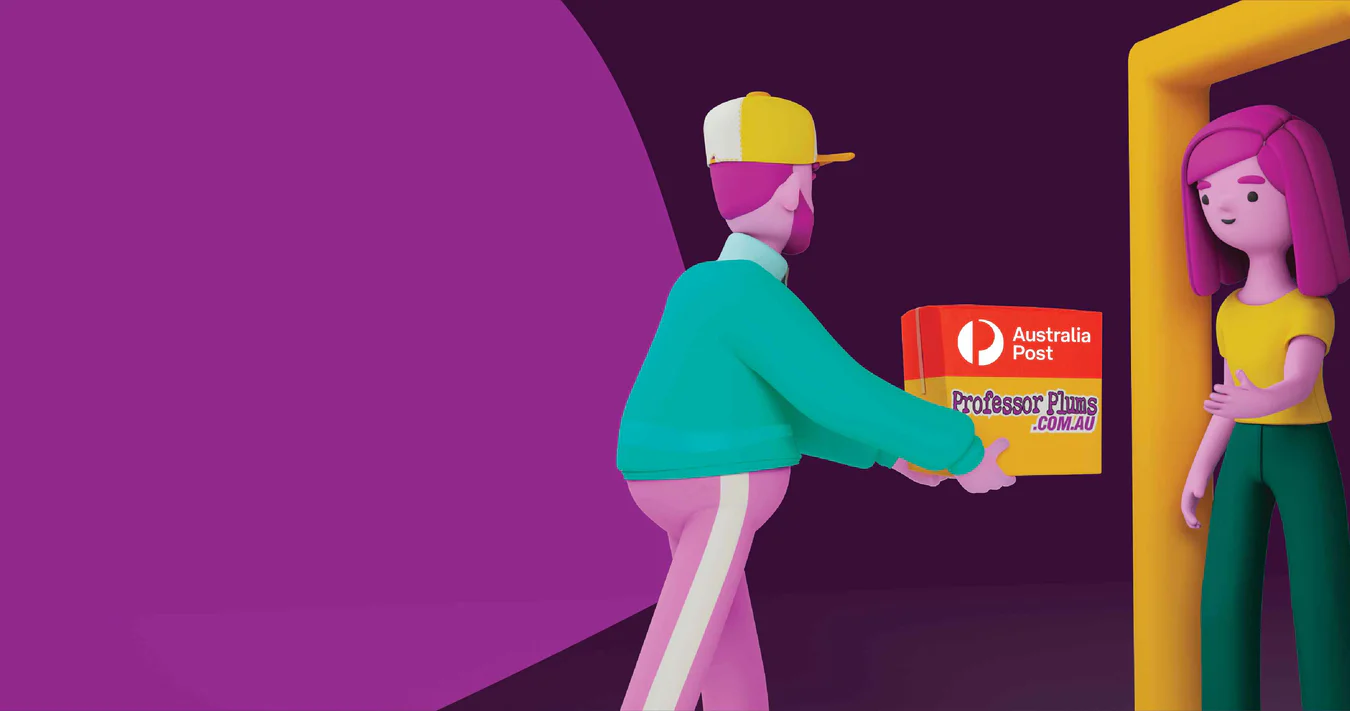
Muscle Cell Myocyte
Our muscle cell expands and contracts like a real muscle!
There are three kinds of muscle cells: cardiac (the involuntary thumping muscles found in the heart), smooth (the involuntary muscles such as those that line blood vessels, the gastro-intestinal tract, and the lungs). But the skeletal muscle cells are the most common. They represent the bulk of the soft tissue in animals.
Like a strong cable skeletal muscles are made up of smaller and smaller fibrous tissues. Bundles of fascicles comprise groups of muscle fibres, which in turn are made up of tubular myofibrils containing tiny protein filaments. At the molecular level, these filaments contract ever so slightly. But working together as part of a team, these tiny contractions add up to produce a force great enough to lift a bolder (or gentle enough to old a butterfly's wing).
Muscles are typically red because they are saturated with the energy-carrying blood required to do their work. However, "white" fast-twitch muscle can produce a large force for a very short period. This muscle type is often prevalent in small creatures which need to escape predators (such as rodents and fish), and it accounts for their white flesh.
Of course, even if you don't expect to be escaping from predators, it's important to stay in shape. By exercising, you can train your individual muscle cells to work together more efficiently, and over time you can also increase the number of contractile proteins in your body for even greater strength. Finally, because your muscles are constantly metabolically active, the more muscular you are, the easier it is to keep in shape.
 is here! Shop now, pay later in 4 easy installments
is here! Shop now, pay later in 4 easy installments






